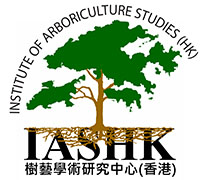dark-colored. stable form of organic matter that remains after most of plant or animal residues have decomposed.
In classical soil science, humus is the dark organic matter in soil that is formed by the decomposition of plant and animal matter. It is a kind of soil organic matter. It is rich in nutrients and retains moisture in the soil. Humus is the Latin word for "earth" or "ground".

In agriculture, "humus" sometimes also is used to describe mature or natural compost extracted from a woodland or other spontaneous source for use as a soil conditioner. It is also used to describe a topsoil horizon that contains organic matter (humus type, humus form, or humus profile).
Humus has many nutrients that improve the health of soil, nitrogen being the most important. The ratio of carbon to nitrogen (C:N) of humus commonly ranges between 8:1 and 15:1 with the median being about 12:1. It also significantly improves (decreases) the bulk density of soil. Humus is amorphous and lacks the cellular structure characteristic of organisms.
A similar material, also called humus and often used as fertilizer after composting and if not judged contaminated by pathogens, toxic heavy metals, and persistent organic pollutants according to standard tolerance levels, is the solid residue of sewage sludge treatment, which is a secondary phase in the wastewater treatment process.
